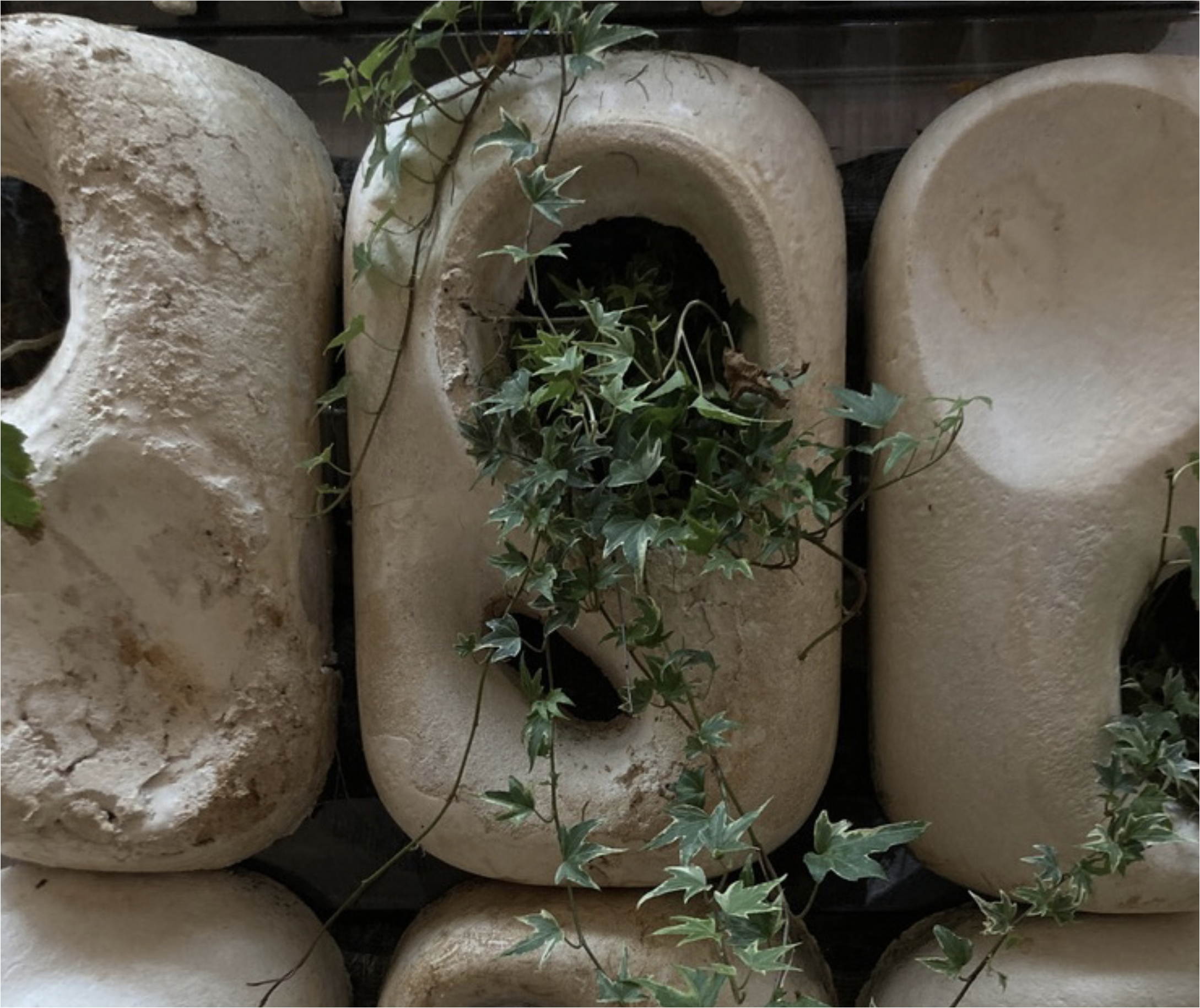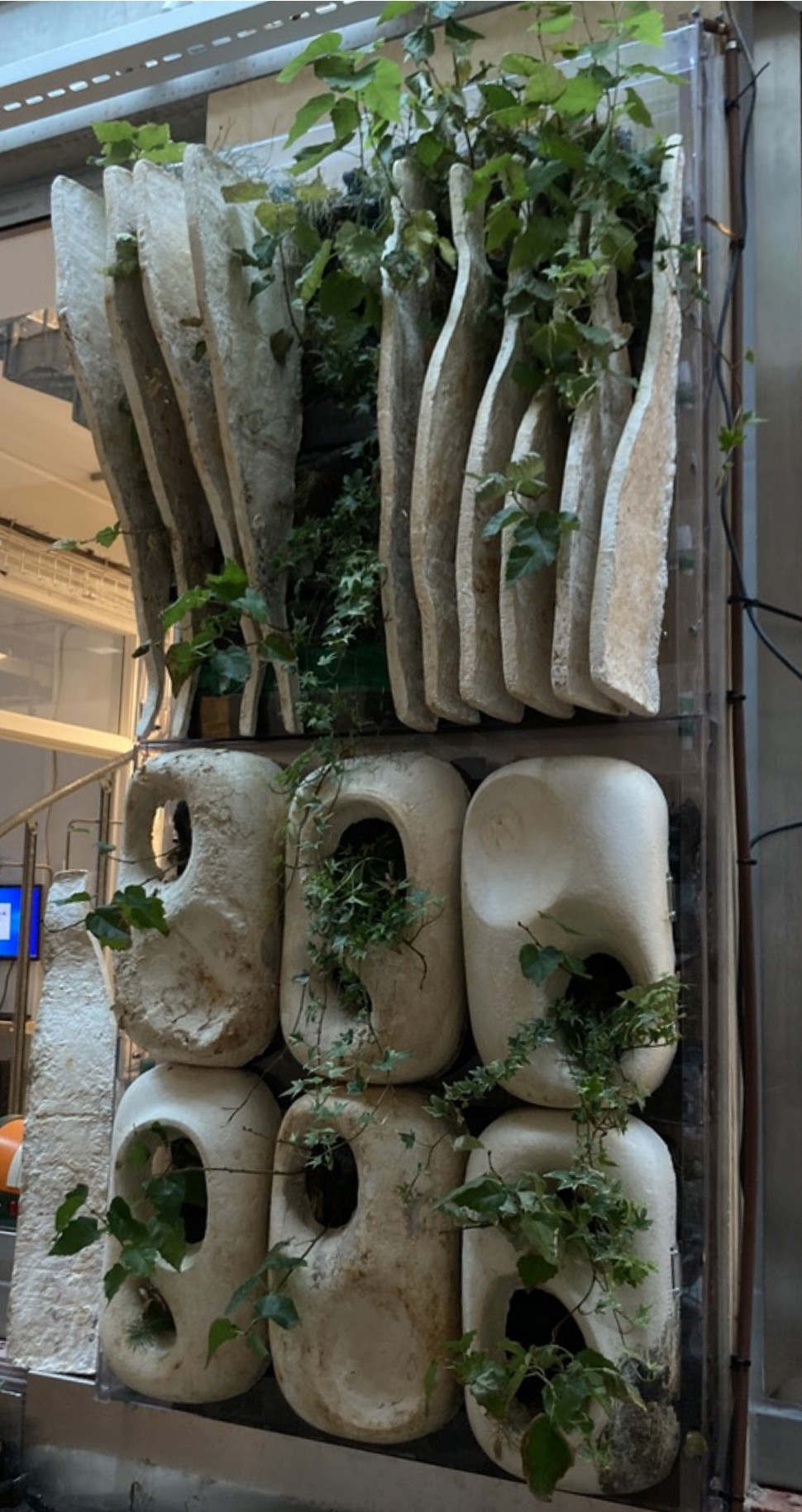Collaborative Term Project / with the Umeå Institute of Design, Sweden and the UID Climate Group
2 Months / 100%
(MAR—MAY 2023)
WHY
In order to grow a symbiotic indoor forest, I explored the symbiotic connection between plants and fungi, with mycelium as the living link. How can research through design support both non-humans and humans, such as interspecies connection?
HOW
I created three design proposals to investigate the possibility of connecting plants through mycelium objects. Other than baking the mycelium, which is the common method to cure the material, I kept the fungus alive.
WHAT
In the interdisciplinary project „Växtvägg“ (swed.: forest wall), we, designers, biologists and forestry scientists, examined ways to bring the local boreal forest indoors and into a new climate.
WHO
Climate Group, Umeå Institute of Design (UID)
University Pforzheim
Umeå University (UmU)
Swedish University of Agricultural Sciences (SLU)
Kineco.
Visualisation by David Dahlberg & Zeo Löwenhielm

In my contribution to Växtvägg, I focused on the symbiotic connection between plants and fungi. Crafting three concepts, I explored design attributes benefiting both species, resulting in mycelium objects supporting the plant wall as a bio-assembled material-alternative. Unlike the common method of curing mycelium, I kept the fungus alive, envisioning an indoor forest where plants and mycelium form a symbiotic organism, exchanging water and nutrients while providing protection from pathogens.
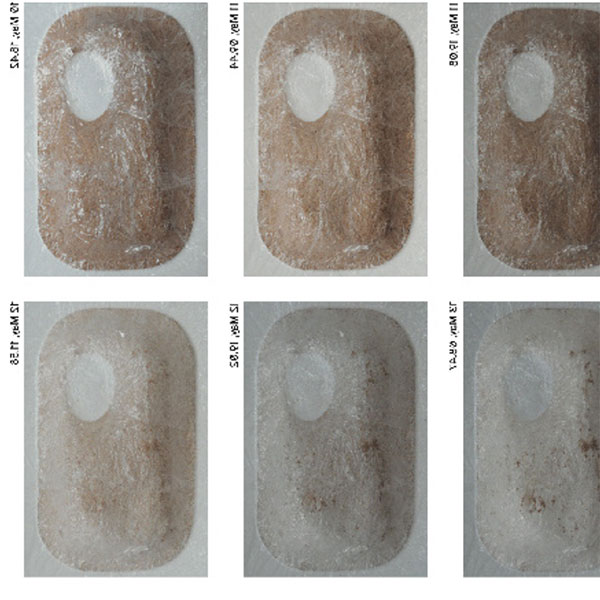
Each concept explores a different
manufacturing method, forming distinctive connections with boreal plants.
Concept 01‘s shapes imitate the boreal
landscape, with its large stones softened by glacial ice and covered in moss.
To create a non-repetitive aesthetic, I ideated shapes physically and digitally.
I grew the two most harmonising shapes in vacuum-formed moulds from a 1 cm
thick layer of wood chips and spores pressed onto inner walls.
The hollow shape not only provides space
for plant growth but also facilitates connections.
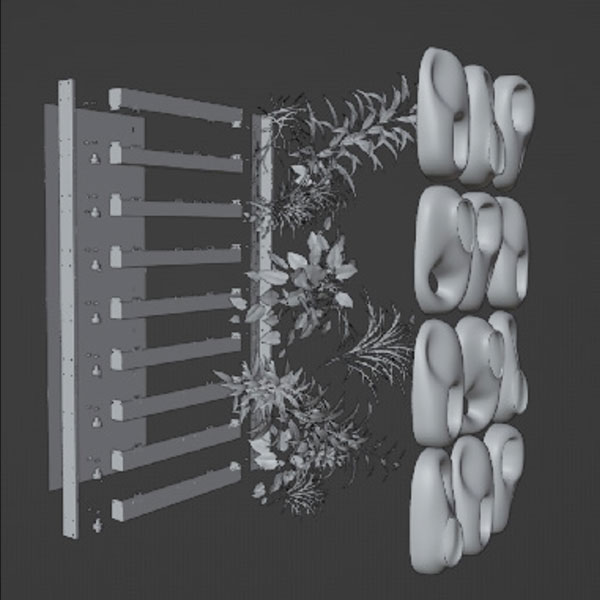
The 2nd Concept mirrors the wooden facade of the Arts Campus buildings
to harmonize with the local environment. To connect panels and growth, I
digitally modelled and sliced an organic surface with the help of Zeo Löwenhielm.
Using this data as templates and leftover cardboard from local stores, I used my
box cutter, some tape and foil to build moulds.
The resulting panels form a “grid of growth”, connecting the horizontal trays
vertically and offering more space for plant development.
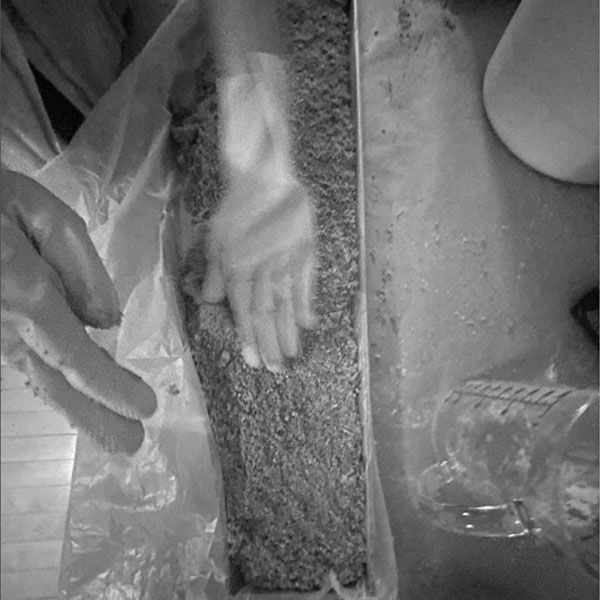
The third concept is based on my curiosity in exploring with the material,
and inspired by the branching root structure of mycelium. By mixing spores, wood
chips, water, and fl our, the substrate transforms into a damp, sticky mixture.
I used the material to directly sculpt a large panel, pushing the material‘s
limits—how steep could I build the walls?
Are overhangs possible and how extreme? Can I create shapes that are not
possible with common manufacturing methods?
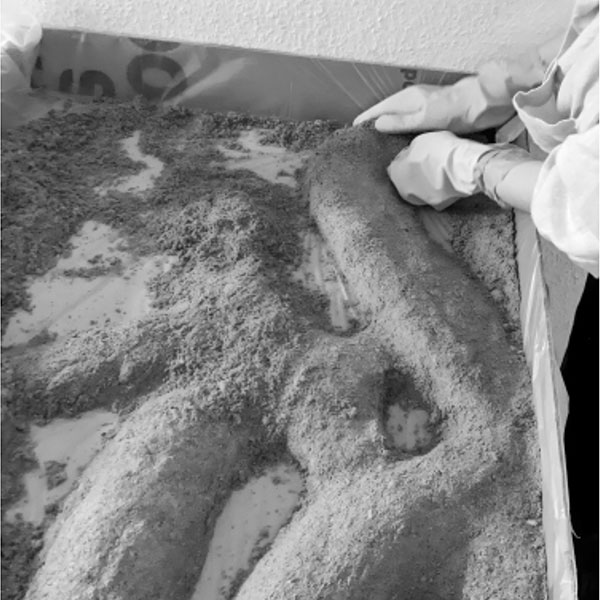
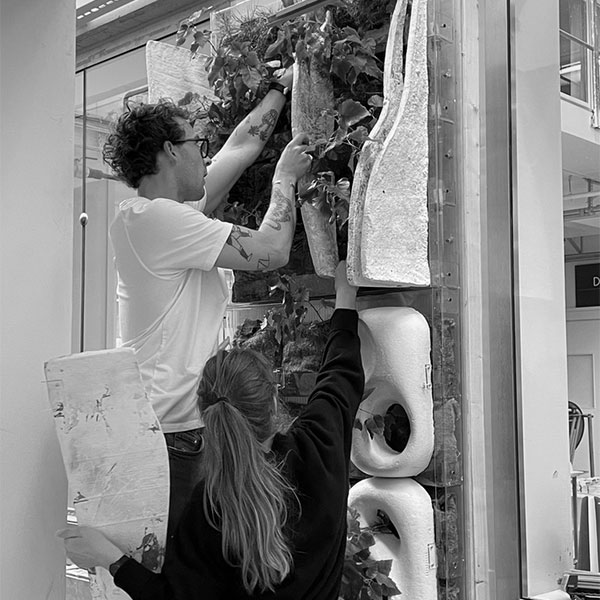
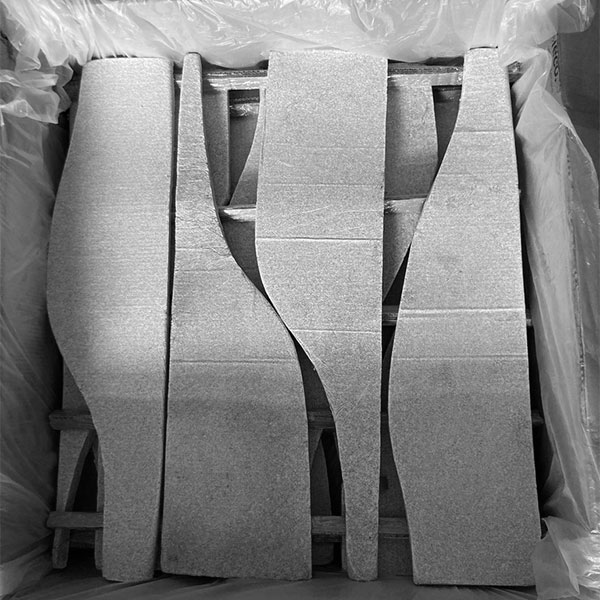
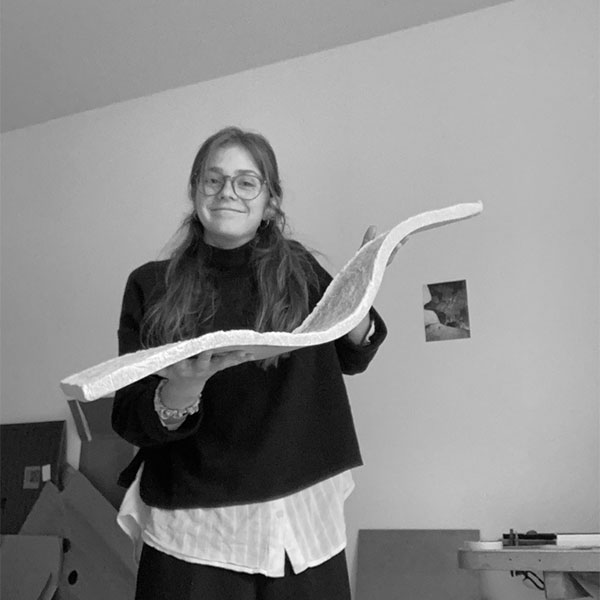
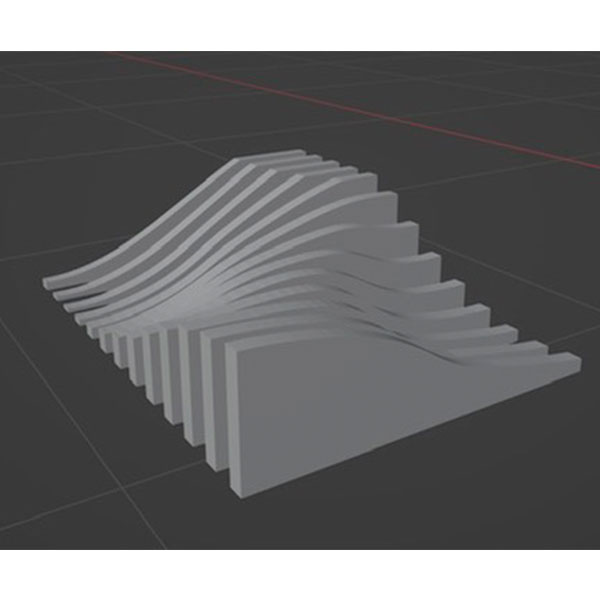
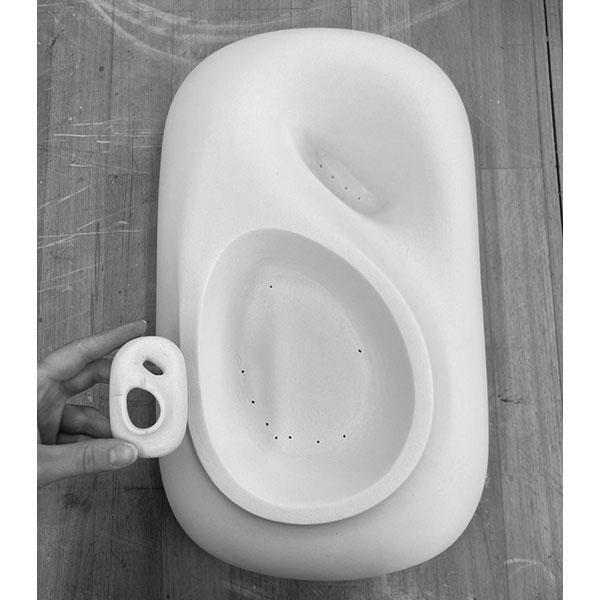
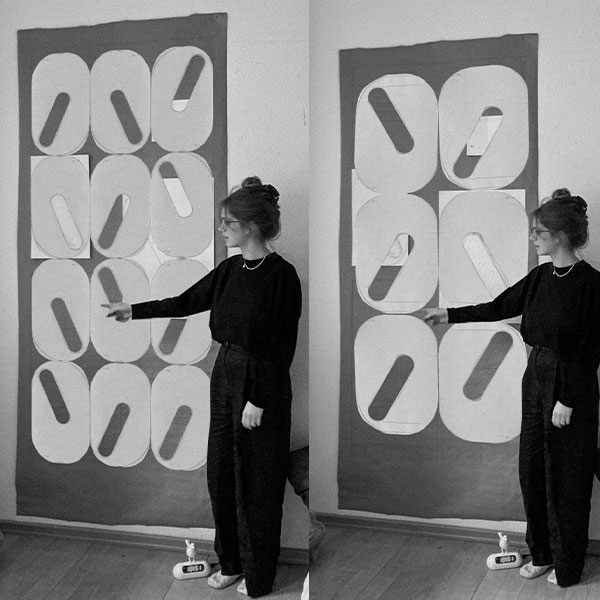
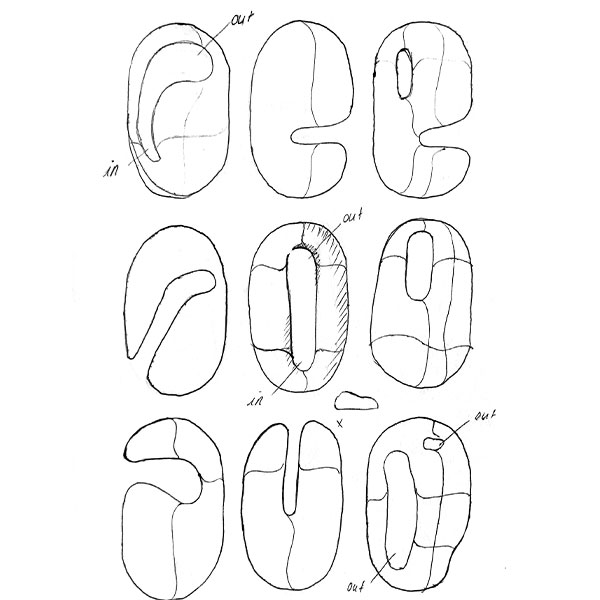
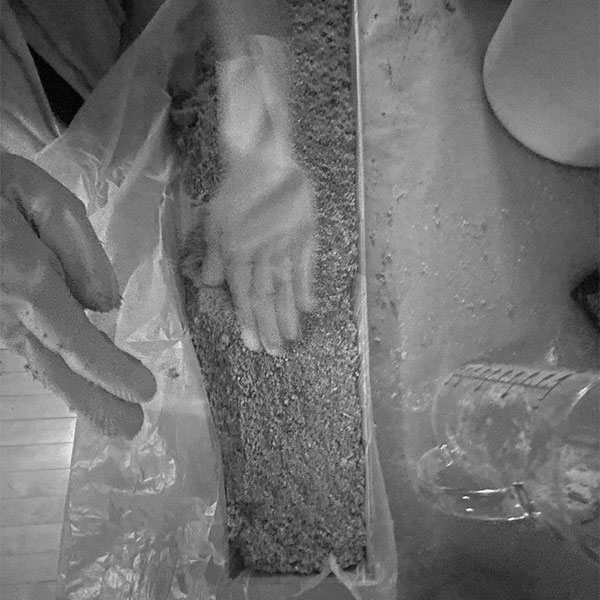
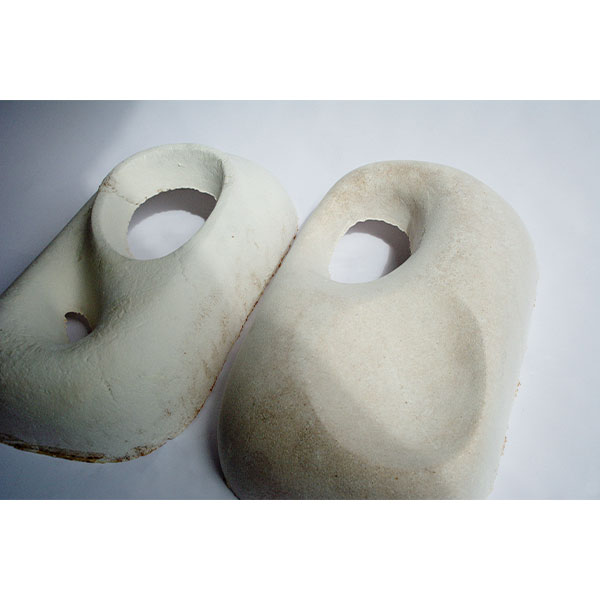
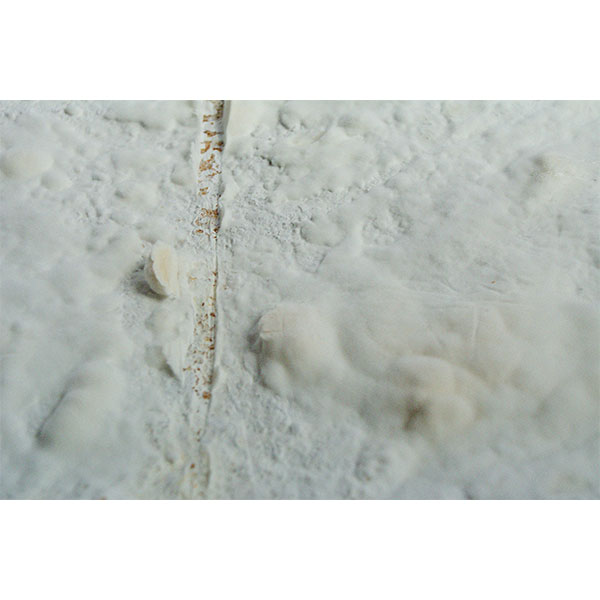
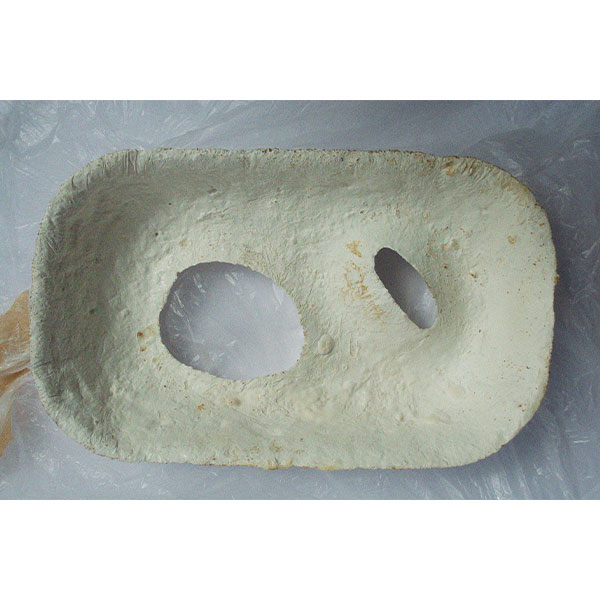
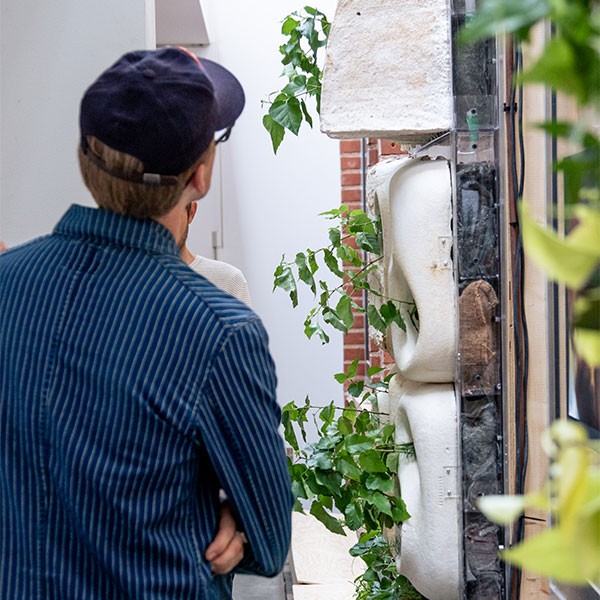
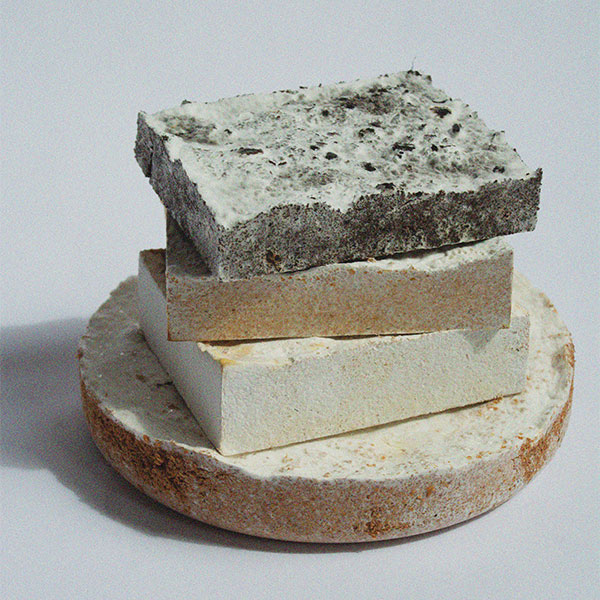
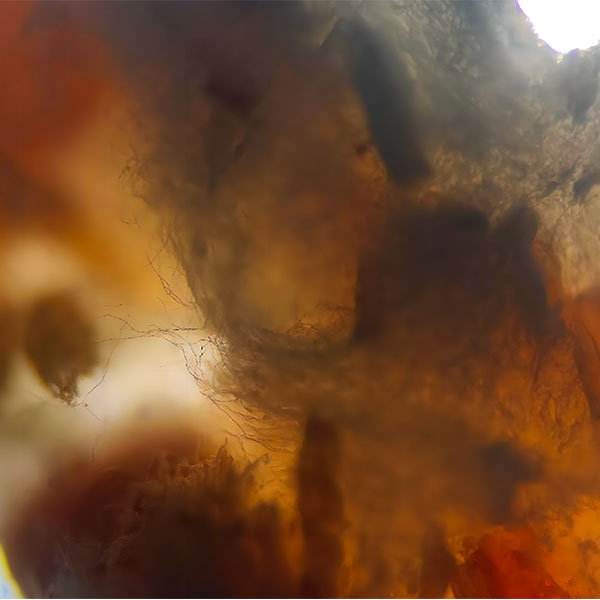
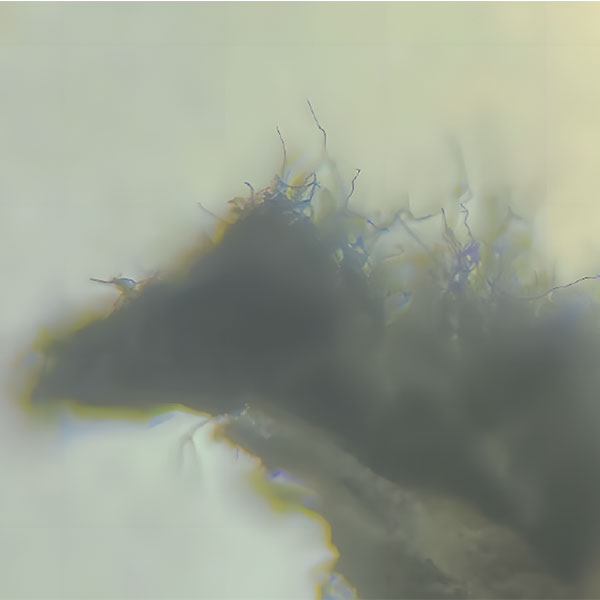
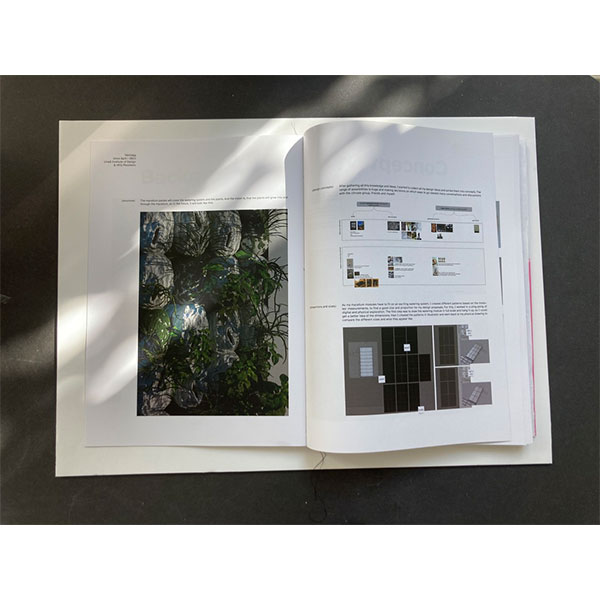
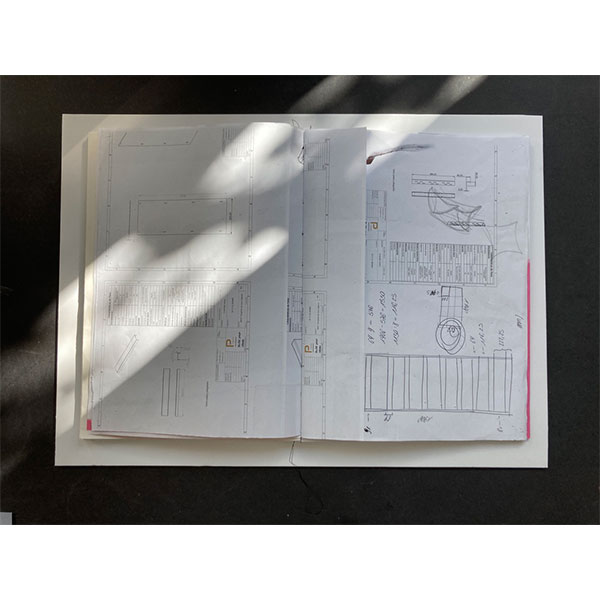
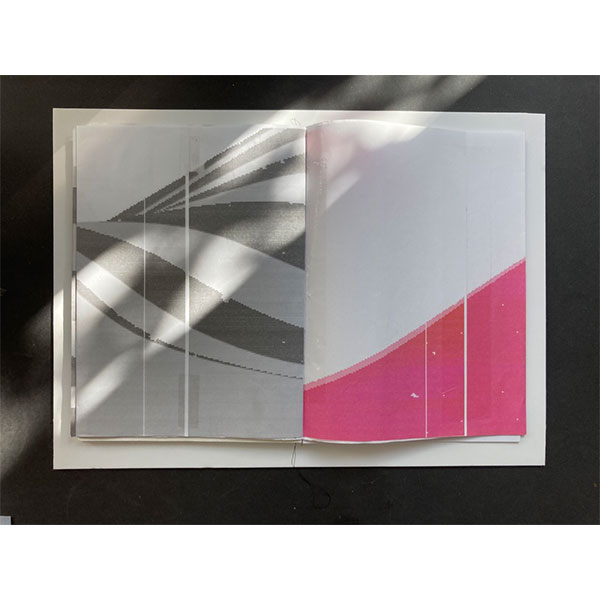
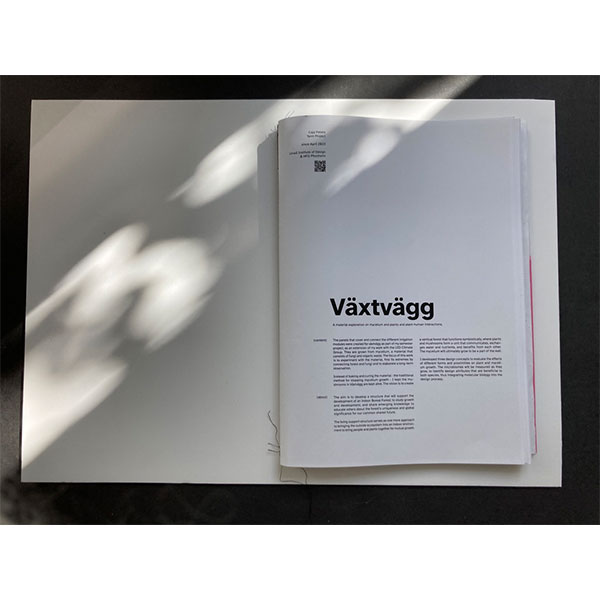
The living mycelium objects were installed on the plant wall of Umeå University‘s Art Campus, along with boreal saplings grown by students from the School for Forest Management, Skinnskatteberg—MAY 2023
The project and its process was also displayed at the final exhibition “Werkschau” at Pforzheim University, Germany—JUL 2023
